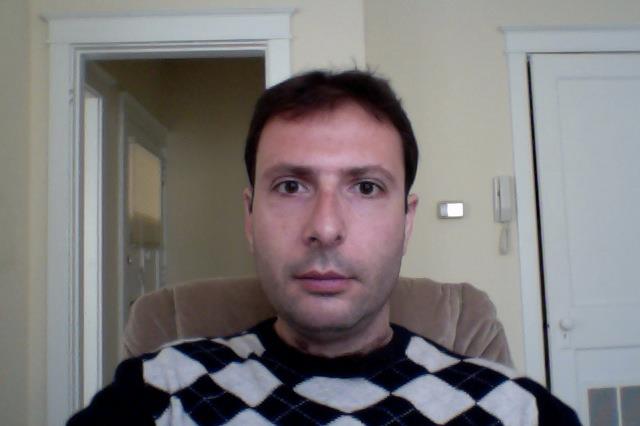|
|
My research covers a wide spectrum of applications in the broad area of the control of quantum systems. Using a variety of quantum control methods, I try to calculate analytically or numerically the electromagnetic field which can drive the quantum system under study to the desired target state, in minimum time or with maximum fidelity, reducing thus the losses due to undesirable interactions with the environment (decoherence and dissipation). The ultimate goal is to efficiently use these systems in order to implement modern quantum technologies, for example quantum computers and quantum sensors, as well as modern optical technologies, like fast nanoswitches. For the analytical calculation of optimal pulse-sequences, I have successfully used methods like optimal control and shortcuts to adiabaticity (a generalization of classical adiabatic methods, like for example STIRAP). For complex quantum systems, where the analytical calculation of the optimal input pulses is difficult or even impossible, I recourse to state of the art numerical optimization methods. My work spans a wide range of modern research themes centered around quantum optics, like:
Spin Systems Fast but effectively adiabatic control of single qubits. Control of coupled spins, with applications the efficient generation of entanglement in quantum dots and the maximization of sensitivity in useful nuclear magnetic resonance spectroscopy experiments. Fast initialization of quantum states in quantum dots coupled to nanostructures.
Exciton-Polaritons: Enhancement of unconventional photon blockade for the efficient production of single photons. Maximization of entanglement between exciton-polaritons in coupled semiconductor microcavities, for the implementation of quantum simulators (special purpose quantum computers).
Cavity Optomechanics: Fast cooling of the mechanical resonator to its ground state and maximization of optomechanical entanglement, operations which are necessary in order to use this system as a sensor of tiny forces and displacements.
Photonics: Efficient design of directional couplers (arrays of coupled waveguides) capable to guide the input light to a controlled position at the output. Efficient four-wave mixing in atomic and semiconductor systems.
Atomic Physics: Fast transport and cooling of trapped atoms and Bose-Einstein condensates.
Quantum Thermodynamics: Maximization of the efficiency of quantum heat engines.
Classical Mechanics: Synchronization of nonlinear oscillators, fast control of a gun-turret system.
Last Updated: January 2024
|
|
